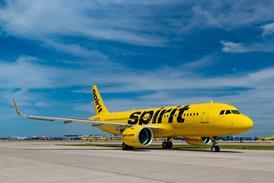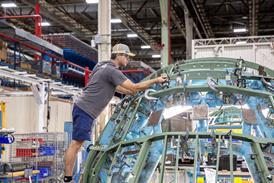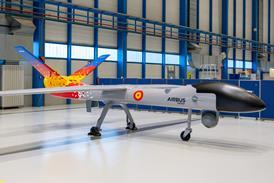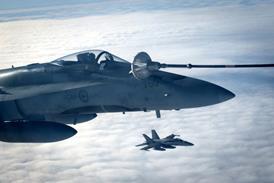China’s Okay Airways has dropped its low-cost, no-frills business model, citing regulatory barriers that make it economically unviable in the country, writes Nicholas Ionides.
“Given the current conditions, it’s impossible for Okay to really succeed as a low-cost, budget airline,” president Liu Jieyin told state-run media.
“There are too many costs that we cannot control, which makes it difficult for us to reduce costs in a large scale. This is the major reason that we ditched the low-cost business model.”
Tianjin-based Okay launched domestic passenger services in March, when it became the country’s first new airline in many years and the first without government ownership, using Boeing Capital-owned Boeing 737-900s leased from Korean Air (KAL). It is holding talks over the sale of a stake to KAL.
Like other new privately owned airlines that have since started operating within China, Okay had said it would adopt the low-cost model, with short aircraft turnaround times, no frills, lower ticket prices than those offered by incumbent carriers and the use of a single aircraft type. It now says it needs to adopt a “more conventional business model” to survive.
Liu says Okay has found that around 80% of the costs in China are out of an airline’s control, due to the fact that there are so many regulatory barriers including restrictions on ticket pricing, regulations on which airports can be served and tightly controlled jet fuel pricing.
“After Okay was established, 40-50 airports have called us to open flights, but we could not fly to these places because airline companies cannot decide on the flight routes,” he says.
“We need a looser policy and market environment. It will take at least three to five years for the low-budget aviation market to mature in China,” Liu says.
Source: Flight International























